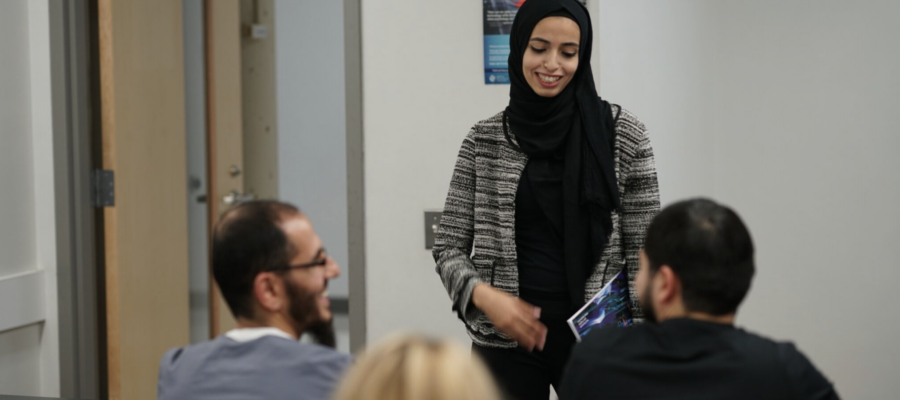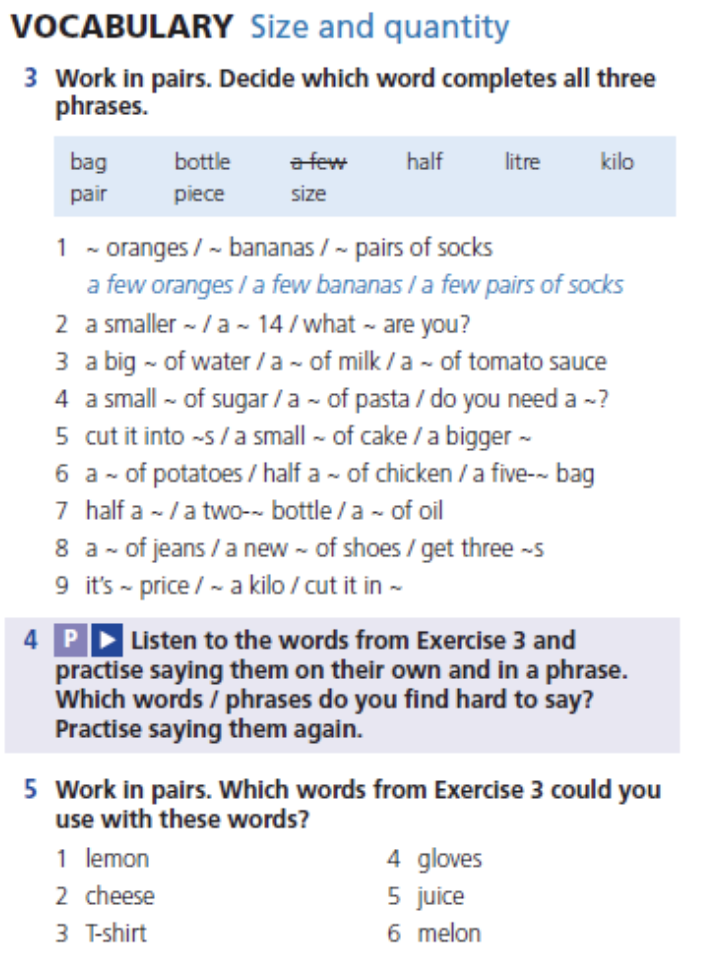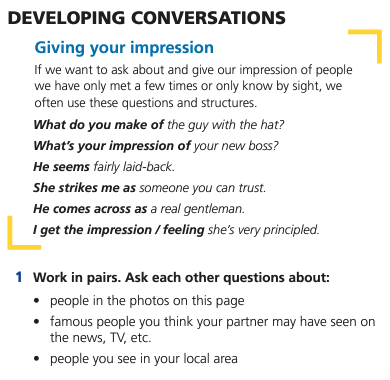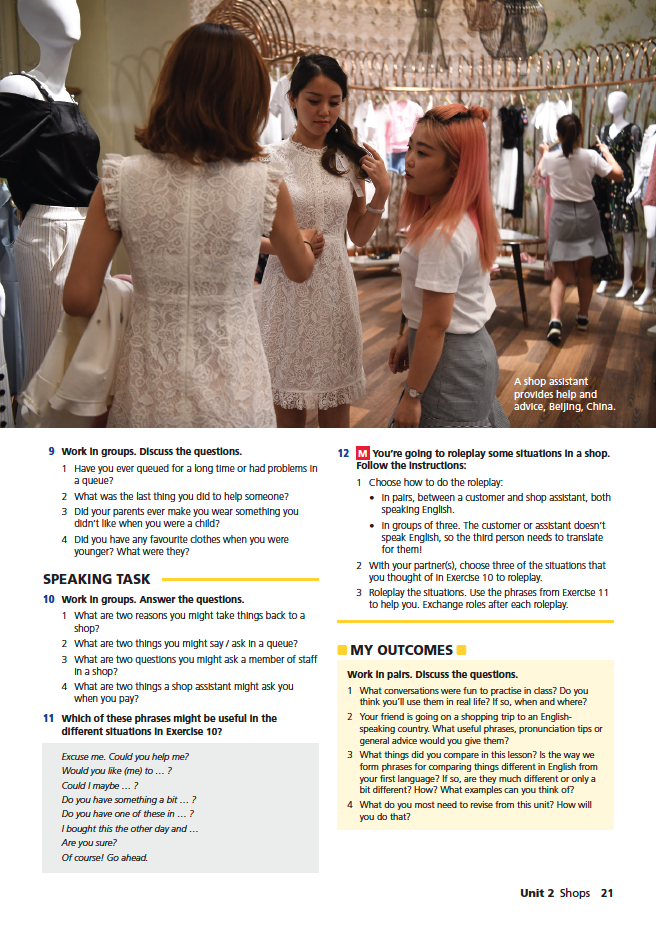In the constantly evolving landscape of English language teaching, the necessity to focus on real-life communication over rote learning has gained much more prominence in recent years. Many researchers and practitioners have emphasized vocabulary acquisition and its role in fostering fluency and natural language use. This blog post explores the significance of teaching real-world language and communication skills in the English language classroom, placing communicative language teaching, authentic language and vocabulary at the forefront. Additionally, we’ll discuss the crucial role of intercultural communication skills in shaping well-rounded language learners.
Real-world communication
A focus on real-world communication can be achieved through various methods in the classroom:
Lexical Chunks
Lexical chunks are sequences of words that frequently appear together and are considered as a single unit of meaning. These include collocations, idioms, and phrasal verbs. Natural language acquisition (e.g. the way an infant acquires language) is often through the hearing and internalizing of language chunks, and so learning a new language in this way, even as an adult, can help learners to develop natural and authentic communication. In Outcomes, Third Edition, the curriculum introduces and reinforces commonly used lexical chunks and collocations, enabling learners to express themselves in a manner that mirrors native speakers. These activities prompt students to put together lexical chunks that they will commonly use while cooking or going shopping for food:
Phraseology and Idioms
The inclusion of phraseology and idiomatic expressions can support the teaching of language as it is used in everyday communication. Learners develop a deeper understanding of language nuances and cultural context. This can be achieved by showing learners how such phrases can be used in context and giving them the opportunity to practice using the phrases in a wide variety of speaking activities.
While socializing outside the classroom, students may be prompted to describe their first impression of people they don’t know well. The exercise below helps them produce the relevant language they’ll need for these types of situations:
Authentic Content
Exposing learners to real-world language use within the context of authentic texts helps them develop meaning-making skills and use contextual clues to support comprehension. It also helps them gain the skills and vocabulary needed for effective communication in various contexts. Incorporating authentic texts and topics into teaching practice, such as the ‘Out and about’ videos in Outcomes which showcase real learners and their instructors responding to questions, unscripted, can support this.
Take a look at the sample from an Outcomes ‘Out and about’ video below:
After students watch a video like the one above, you could ask them to rephrase what the speakers said in their own words or encourage them to explain whether they relate to the speakers’ comments.
Speaking and Mediation Tasks
Incorporating pair and group speaking activities into lessons encourages learners to engage in natural communication with their peers, enhancing their ability to negotiate meaning. These activities also provide opportunities for learners to express themselves and practice the language learned. Mediation tasks place learners as social agents, giving opportunities for them to process, interpret and translate information and to make meaning of it. Such tasks could include group discussions, problem solving scenarios, debates and role plays.
These activities from Outcomes, Third Edition include a speaking task that challenges students to answer questions about their shopping experience in groups and use common phrases that can help them in everyday situations, such as returning items or asking an employee in a shop for help. The speaking task is followed by a mediation task in which students put the target language of the unit into practice through a role playing exercise.
Mediation tasks in the English classroom can take many forms. Want to learn more about integrating mediation into your teaching practice? Watch our webinar, “Mediation: What Is It and Why Is It Important?”
Intercultural Communication
In a globalized world, the ability to navigate and understand different cultures is integral to building successful relationships. By developing intercultural competence, students not only enhance their language proficiency but also become culturally sensitive communicators.
Some practical ways to develop learners’ intercultural communication skills are:
- exposing them to a wide variety of speakers from different L1 backgrounds
- providing tasks with a focus on understanding different accents, strategies for listening to fast speech, and preparing for communication in international contexts
- communicative activities such as role play and information exchanges
In conclusion, the key principles of real-world communication skills in English language teaching are exposing learners to rich lexical items and vocabulary within authentic contexts, and giving learners ample opportunity to work with the language and produce it in communicative activities with their peers. These principles are integral to the Outcomes, Third Edition curriculum and careful thought has been placed in bringing up-to-date, authentic language and practice to learners.
Join the conversation with Outcomes, Third Edition!







Very informative
We are glad to hear you found the article useful, Nasiba!
Quite intriguing and insightful
We are glad to hear this! Thank you for reading.